With my Wrayflex ... | ||||||
At one time it was said that a camera was only as good as its lens. The Wrayflex, a single lens reflex camera [SLR] was made by Wray (Optical Works) Ltd a British company whose lens-making pedigree dated back to 1850 - you could say, almost to the beginning of photography. William Wray the founder was a solicitor and amateur astronomer who made his own lenses much as the pioneers of any Victorian trade. Wray lenses were highly respected and though businesswise they had their ups and downs the name lasted into the 1970s. After writing the story of the camera and how I used it for thirteen months in the Around the World journey of 1960-61 I felt I should have another go …….. now almost sixty years later.
For any reader who is not familiar with old meters I'll add they are set around a small layer of selenium which when exposed to light generates a micro / small amount of electricity. A sensitive votage meter reacts to the amount of electricity and a needle moves on a calibrated screen. To guard against vibration or bumps the meter is set on watchmakers bearings.
In 2018 there is plenty about with Ilford leading the British way and others from Continental Europe - Germany, Belgium , France and Czech Republic for starters. Chemicals for processing? - No probs and I still have my old Johnson's of Hendon kit from the 1950s to add to the 'retroness'.
There seems to be no sound answer to why Wray chose that frame size for their first camera. But what is certain is that the ratio of length to width is very close to the ratio used for printing or enlarging papers dating a long way back.
| ||||||
| So.... here are some results 1950's style | ||||||
These prefabricated building were introduced in the late 1940s to provide homes for the thousands of British people whose homes were demolished by German WWll bombing. | ||||||
But the aftermath of WWll left all of Britain seriously short of food and the importance of allotments was lifted to a new level by the Labor govenrment with the Allotments Act 1950. For the first time it was permitted to raise hens and rabbits on an allotment This was taken 'against the light' so the film did not accept the large range of light to dark. I could have used a sheet of white card to illuminate the face or some crinkled aluminium foil - no excuses but I forgot to pack some in my bag. | ||||||
Most small towns had a couple of bike shops and another for repairs. This bike shop closed just a couple of years before I took the picture. It had been in the family since WWll.
This was shot on a 135mm F4 Lustrar | ||||||
The design is unusual and came from an era when designers were looking to move away from traditional flowers and country scenes. Back in 1955 I entered a competition with a shot of the same china - Contemporary was my title - in the 1950s competition pictures had to have a title. My camera then was a Baldix, which was a permitted quota import from West Germany. We use the plates every day and the imperfections of the post war 'Economy' glaze are reminders... | ||||||
For all the pictures I used Ilford FP4. [In the 1960s it would have been FP3 and before that there was Selochrome]. And to develop the negs I used Fomodol a Czech developer equivalent of Agfa Rodinal - a product of the 1890s.
| ||||||
|
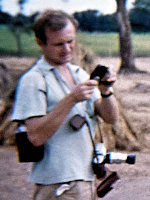
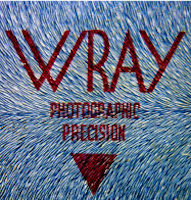
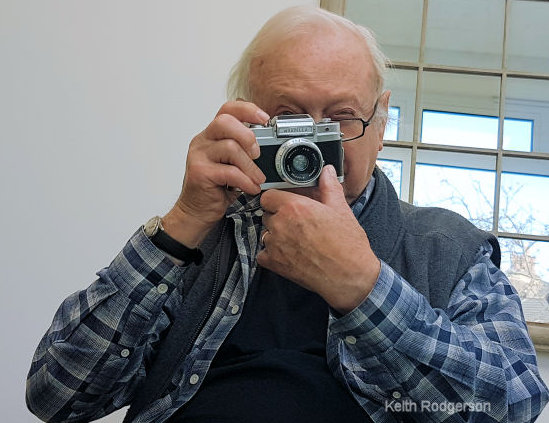

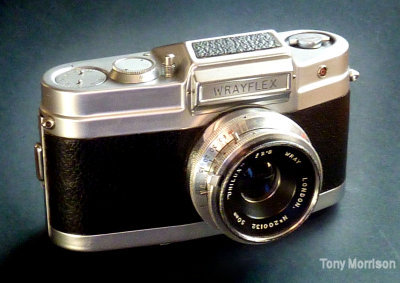 I
chose a Wrayflex I which has the quirky 24 x 32 frame. You can see the ratio in
the neg strip.
I
chose a Wrayflex I which has the quirky 24 x 32 frame. You can see the ratio in
the neg strip.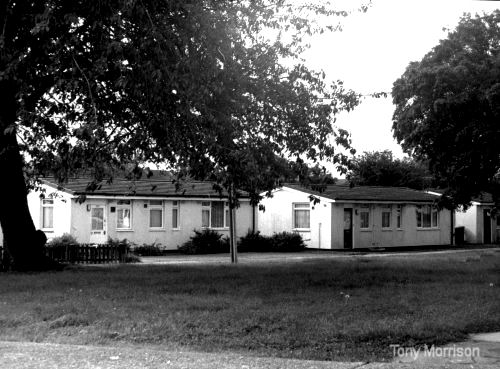 Prefabs
Yes indeed....some exist even today and appear to be going strong.
Prefabs
Yes indeed....some exist even today and appear to be going strong. 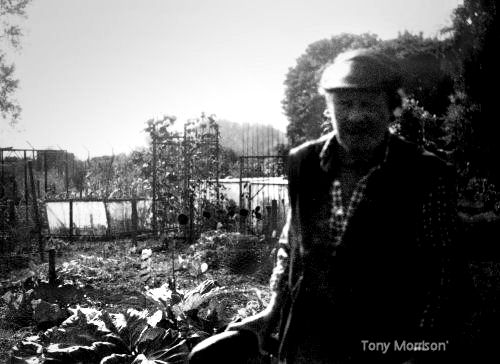 Allotments
Have been part of
the British scene for hundreds of years and were introduced to provide land for
the poor. to grow vegetables.
Allotments
Have been part of
the British scene for hundreds of years and were introduced to provide land for
the poor. to grow vegetables.
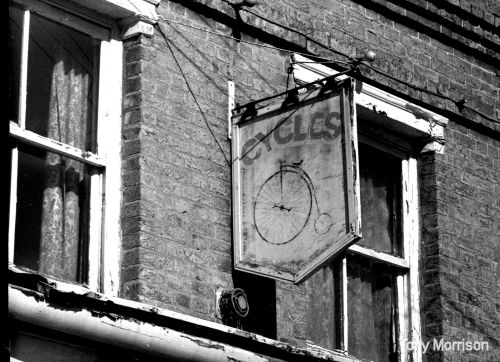 Bikes
- to the uninitiated.. Bicycles- Cars were very few and far between and Britain
went to work on bikes - not the modern style but old trundlers - usually inexpensive
and utilitarian.
Bikes
- to the uninitiated.. Bicycles- Cars were very few and far between and Britain
went to work on bikes - not the modern style but old trundlers - usually inexpensive
and utilitarian. 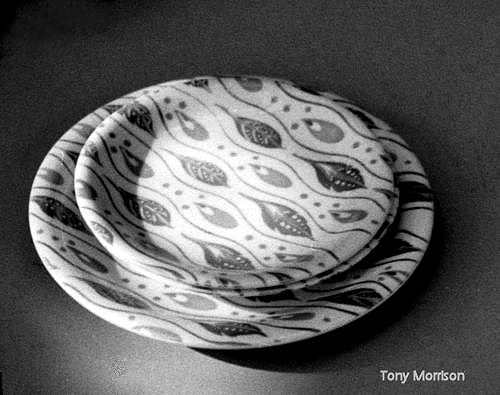 Post
war china - These plates were made by Johnson Bros - England in the early
1950s.
Post
war china - These plates were made by Johnson Bros - England in the early
1950s.